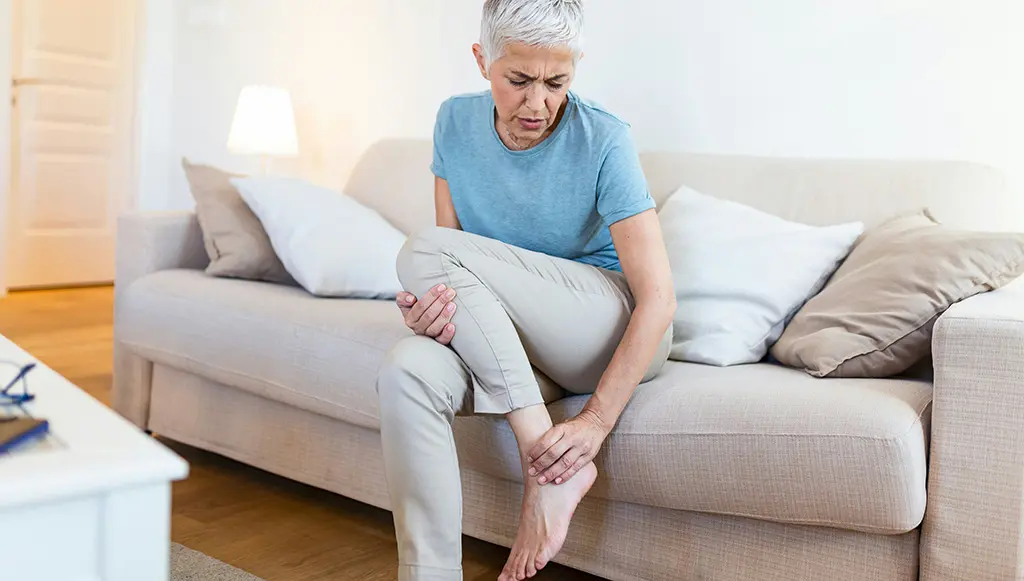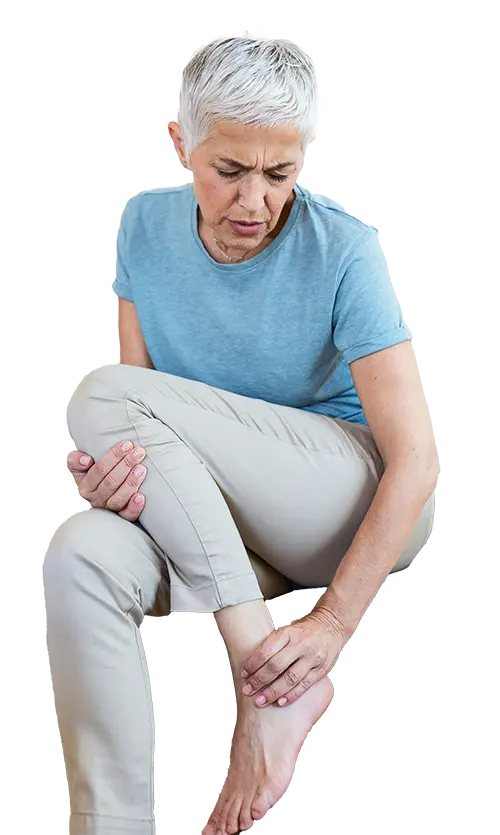Pain is a common experience that serves as a protective mechanism, alerting us to potential injury or harm. However, when pain persists for an extended period, it becomes chronic pain—a complex condition that significantly affects quality of life.
In this article, we will discuss the concept of pain, chronic pain, its underlying mechanisms, and potential management strategies.
Pain: A Protective Mechanism
Pain is our body’s alarm system. It’s like a signal that tells us when something is not right. When we touch something hot, for example, we feel pain, and it makes us move our hand away to avoid getting burned.
Pain can feel different for everyone – it might be a sharp, stabbing feeling or a dull ache. Acute pain is typically short-lived and resolves as the underlying cause heals.
Chronic Pain: A Persistent Challenge
Chronic pain is different from acute pain. It persists for more than three to six months, outlasting the expected healing time. It can happen even after the initial cause of the pain has gone away. It’s like having the alarm system in your body constantly ringing, even when there is no real danger.
Chronic pain can make everyday life difficult and affect our mood and ability to do things we enjoy.
Why Does Pain Become Chronic?
Chronic pain is a complex condition with diverse underlying reasons. Here are a few key factors involved:
- Sensitisation: Sometimes, the nervous system can become extra sensitive. It starts sending pain signals to the brain even when there is no injury or harm happening. This can make the pain feel stronger and last longer.
- Changes in the Brain: Chronic pain can induce changes in the structure and function of the brain and spinal cord. These changes, known as neuroplasticity, change pain processing and can contribute to the persistence of pain signals even after the cause has been fixed. This means the brain may keep sensing pain even after the initial injury has healed.
- Psychological and Emotional Factors: Emotional and psychological factors, such as stress, anxiety, and depression, can make pain feel worse and last longer. Similarly, chronic pain can make us feel more stressed, anxious, or sad, creating a cycle that makes the pain harder to manage.
- Lifestyle and Environmental Factors: Lifestyle choices, including physical activity, sleep patterns, diet, and environmental factors, can influence the experience of chronic pain. Poor sleep, sedentary behavior, inadequate nutrition, and exposure to stressful environments may worsen pain symptoms.
Managing Chronic Pain:
Managing chronic pain requires a multidisciplinary approach tailored to the individual. Here are some strategies that may help:
- Medication Management: Medications, such as analgesics, nonsteroidal anti-inflammatory drugs (NSAIDs), or certain antidepressants, may be prescribed to help with pain. It is important to work closely with healthcare professionals to find the most effective and safe medications for you.
- Physical Therapy and Exercise: Physical therapy, including therapeutic exercises, stretches, and techniques like heat or cold therapy, can help improve function, reduce pain, and enhance mobility. Low-impact exercises, such as swimming or tai chi, may also be beneficial.
- Psychological Support: Cognitive-behavioral therapy (CBT), mindfulness-based techniques, and relaxation strategies can help individuals manage the emotional and psychological aspects of chronic pain. Seeking support from mental health professionals or participating in support groups can help deal with stress and emotions.
- Lifestyle Changes: Taking care of your overall health can make a difference. Eating a balanced diet, getting regular exercise, practicing good sleep habits, and managing stress can all contribute to managing chronic pain.
- Complementary Therapies: Some individuals find relief from chronic pain through complementary approaches like acupuncture or massage therapy. These therapies can provide additional support in pain management.
- Self-Care and Self-Management: Self-care practices, such as pacing activities, practicing good sleep hygiene, managing stress levels, and setting realistic goals, can empower individuals to take an active role in their pain management.
- Support Network: Having support from family, friends, or support groups can provide comfort, understanding, and encouragement during difficult times. Sharing experiences with others who understand can make a big difference.
Pain is a natural part of life, and sometimes it can become chronic, causing ongoing discomfort.
Understanding the reasons behind chronic pain and finding ways to manage it can help improve daily life and overall well-being.
By working with healthcare professionals, taking medications as prescribed, seeking therapy, making lifestyle changes, and building a support network, individuals can better manage chronic pain and find ways to live a fulfilling life.
Remember, it’s important to be patient, try different strategies, and not give up hope. With the right support and strategies, chronic pain can be better managed, allowing for a better quality of life.
Additional Information:
NPS Medicinewise have put together some great articles that explain everything from what pain and chronic pain is and what causes it, to treatment options and where to go for more information. To read the articles from NPS Medicinewise, click below
Pain: what is going on? https://www.nps.org.au/consumers/pain-what-is-going-on
Chronic Pain Explained https://www.nps.org.au/consumers/chronic-pain-explained
How can we help?
- Register for our online exercise programs, Arthritis Moves, and Dance for Arthritis
- Access more information on arthritis, exercise and overall health. Download free information sheets, or read a range of arthritis articles.
- Speak to an Arthritis Assist Peer-Mentor who knows exactly what you’re going through and understands the challenges of living with arthritis.
- Join an Online Support Group to connect with other people facing the challenges of life with arthritis.
- Have questions about living with arthritis? Call our free infoline 1800 011 041 to speak with a member of our health team.
JOIN OUR FREE PEER-SUPPORT TELEPHONE SERVICE – ARTHRITIS ASSIST
Talk with a peer-mentor in our free Arthritis Assist service.







